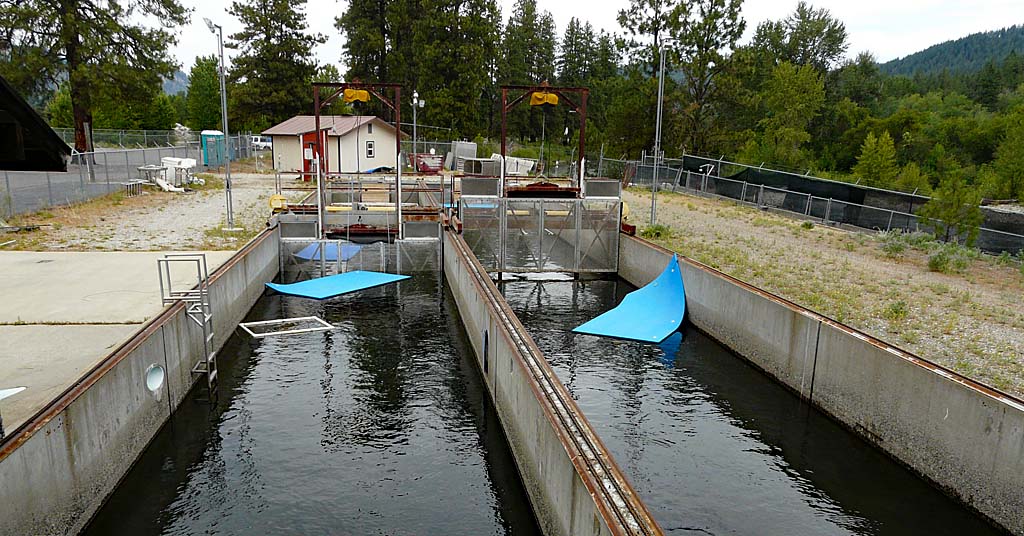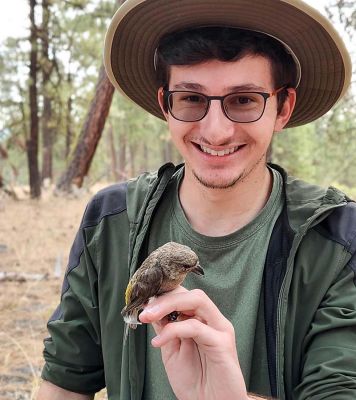Growing degree days in Idaho so far exceed 2022 totals
Published 11:00 pm Tuesday, July 18, 2023

- Boise State University’s David Wilkins at a southwest Idaho vineyard’s weather and soil monitoring station.
BOISE — Wine grapes and other crops in much of Idaho are getting more heat so far this year compared to 2022.
Growing degree days, with temperatures above a baseline value necessary for a plant to begin to grow, increased from April 1 to June 30 from a year earlier in Idaho vineyards, said David Wilkins, Boise State University associate professor of geosciences.
Trending
He monitors 23 weather stations in vineyards. He recently compared data from six, in Sunnyslope and Eagle Foothills wine regions in the southwest and the Lewis-Clark Valley region in north-central Idaho.
More growing degree days
Year-to-year increases in growing degree days as of June 30 included 22.6% at a Sunnyslope vineyard and 43.5% at an Eagle Foothills vineyard, according to an analysis by Wilkins. A Lewis-Clark Valley vineyard recorded a 60.1% gain.
Many people perceive that this year has been cooler, “but the truth is that 2023 experienced a warmer May and, while the conditions were wetter in late May and early June (2023), it still generated more degree days than in 2022,” he said.
From April through May, temperatures were higher this year than in 2022, Wilkins said. For example, they were about 8 degrees higher this year in Sunnyslope and Lewis Clark Valley vineyards.
While this year and 2022 had cold snaps during the April-June period, “there were more cold days early in the 2022 season where no degree days were accumulated,” he said.
Trending
Cold, windy conditions this past March and April delayed bloom in apricot and other trees by two to three weeks compared to the long-term average, said Michael Williamson of Williamson Orchards & Vineyards in the Sunnyslope area west of Caldwell. Still, that was five to seven days ahead of last year, when conditions were unusually cold and wet.
This year, “we made up a lot of that ground with medium-warm temperatures in May,” he said. That helped tree fruit progress “to maybe five days behind, or event to normal” compared to the long-term average for maturity.
Emergence, or bud break, in vineyards occurred around mid-May as usual, Williamson said. Water from storms in April and May “filled soil,” enabling roots to reach into normally dry areas and spurring strong shoot growth.
“Degree days are building just like they need to,” he said.
Late June was slightly warmer in 2022, Wilkins said. Temperatures reached 100 degrees earlier in 2022 compared to this year, though vines start shutting down when temperatures get that high, he said.
Wetter conditions in the first three months of the current growing season helped to alleviate drought and reduced the probability that irrigation season would end early, he said.
Models from the National Oceanic and Atmospheric Administration‘s Climate Prediction Center predict a “warmer to much warmer than normal remainder of the summer,” Wilkins said.
“If the conditions follow the models, growing-degree days for 2023 will continue to be higher than 2022,” he said.
Find out more about growing degree days by clicking here.









